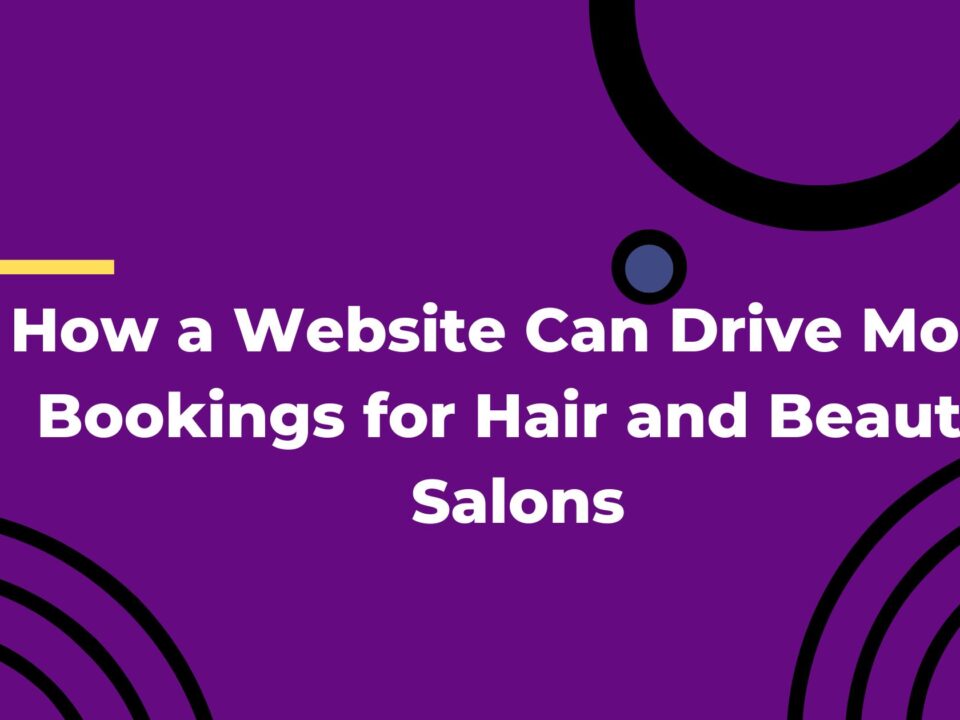
How SEO Can Transform Your Business’s Online Presence
August 28, 2024
5 Powerful Ways to Boost Your Website’s User Experience and Performance
September 22, 2024Top Website Mistakes Your Business Should Avoid to Boost Performance
The impact of the website on your business is undeniable. If you have a business with a solid footing but no website, you’re missing out on a lot.
The online space is where people are, and it’s no secret that where the people are, the money follows. So, if you’re not optimising the internet to drive traffic to your business, you’re doing yourself a disservice.
A website, for instance, helps you better categorise and manage your business. Also, it spells professionalism, as you can always refer people to your website and manage all your financial transactions there. It distinguishes you from a random wannabe Instagram vendor or other social media seller and adds credibility to your business.
If you do have a website, congratulations and welcome to the bright side. However, when using a website for your business, it is easy to make simple mistakes that can stunt your online visibility and prevent traffic from reaching your website.
In this article, we will show you web mistakes that could be hindering your business’s visibility.
Let’s get into it.
Complex Navigation
We know you have lots of beautiful products and information to showcase on your website, and since it’s a website, it’s easy to get swept up in the excitement of displaying everything, which is a good thing.
The problem, however, is that it can make navigating your website confusing and complex.
To avoid this, organise your pages and content into clear and logical categories. This makes it easier for users to find the information they need.
Another way to simplify navigation is by including a clear menu bar on each page. This makes it easy for your website users to navigate from menu to menu without getting overwhelmed by an onslaught of information.
Neglecting the Call to Action
Another mistake you can make on your website as a business owner is neglecting the call to action. You’re selling a product or service. The point of selling is to get people to buy, so tell them to. Put a clear and concise call-to-action button on all relevant pages.
Examples of CTAs include “Buy Now,” “Click Here to Get Started,” “Request a Quote,” “Send Us a Message,” or any other phrase that prompts clients to take the action you want them to.
You can use information from analytics obtained from user behaviour or interest to personalise CTAs that will appeal to users while also getting you what you want.
Another way to make CTAs more prominent is by using contrasting colours and engaging copy to make them stand out. This works better if you have specific brand colours that you’ve been using consistently throughout your website. Deviation from that colour can subconsciously spark interest and curiosity. It makes the CTA hard to miss.
Inconsistent Branding
Speaking of brand colours, as a business, you need uniformity to tie your brand together and give it the look of professionalism.
Your website should reflect the goals, objectives, personality, and message of your brand. Once those goals are spelled out, stick to them. Inconsistencies in your website’s design, messaging, or overall branding can confuse visitors and dilute your brand identity, making you look unprofessional or, worse, unreliable. And the last thing you want your business to present is unreliability.
To avoid this, maintain a consistent tone and messaging in your content, and regularly review and update your website to ensure it aligns with your overall brand strategy. It also helps to use consistent colours, fonts, and imagery across your website. Whatever you do, ensure your brand looks put-together, and since you’re the proud owner of a website, optimise it to that effect.
Neglecting Mobile Optimisation
If your website is not optimised for mobile devices, you are doing yourself a major disservice. Mobile devices, especially mobile phones, are the majority of devices that will be used to visit your website. Ensure your website is optimised to fit on the screen and be usable on mobile devices. Not only can neglecting mobile optimisation discourage users from visiting your website, but it can also lead to lower search engine rankings. And you don’t want that.
So, while developing your website, use a responsive web design that automatically adapts to different screen sizes and devices. Ensure that buttons, links, and text are easily clickable on touch screens and that images are optimised for faster loading on mobile devices.
Be sure to test your website on multiple devices, especially mobile devices, before launching it. This helps you foresee and avoid mistakes that may be present on your website.
Keeping Outdated Content
Nothing is fixed in the world, and neither should your website be. You want visitors to come to your website and see evidence that it’s active. Remove stale and outdated content and put in fresh information, because in the end, you’re running a website, not a museum. So, out with the old, and in with the new.
While you should absolutely stick to your brand strategy and tone, you should constantly refresh your content to optimise it for trends and current developments. From time to time, update your content, change up the imagery, add and remove information, add blog posts, articles, and new updates—anything to make your website look fresh and alive.
Wrapping Up
So, there you have five mistakes your website could be making. The thing is, your website is very important to your business because, for many reasons, it represents you and your brand. Thus, it’s pertinent to keep it fresh and accessible to users.
In summary, avoid overwhelming your visitors with information and use clear navigation; ensure you’re using a prominent call to action that’s visible to everyone; maintain consistent branding; optimise your website for mobile accessibility; and, finally, update your website regularly.
By implementing these strategies, you will notice a clear difference in your website’s traffic and user experience. You can easily enhance your online presence and provide a better experience for your website users.






